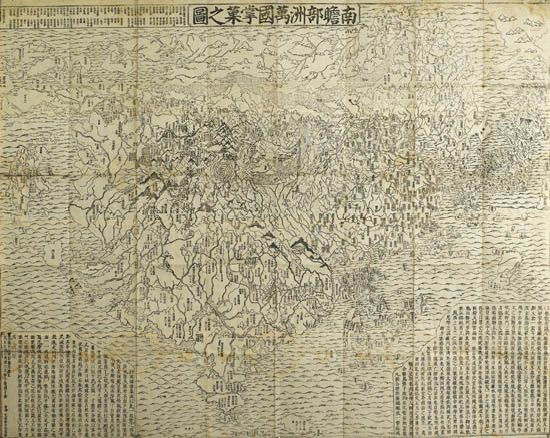Sale 2297 - Lot 214
Price Realized: $ 16,800
?Final Price Realized includes Buyer’s Premium added to Hammer Price
Estimate: $ 18,000 - $ 22,000


Aliquam vulputate ornare congue. Vestibulum maximus, libero in placerat faucibus, risus nisl molestie massa, ut maximus metus lectus vel lorem.